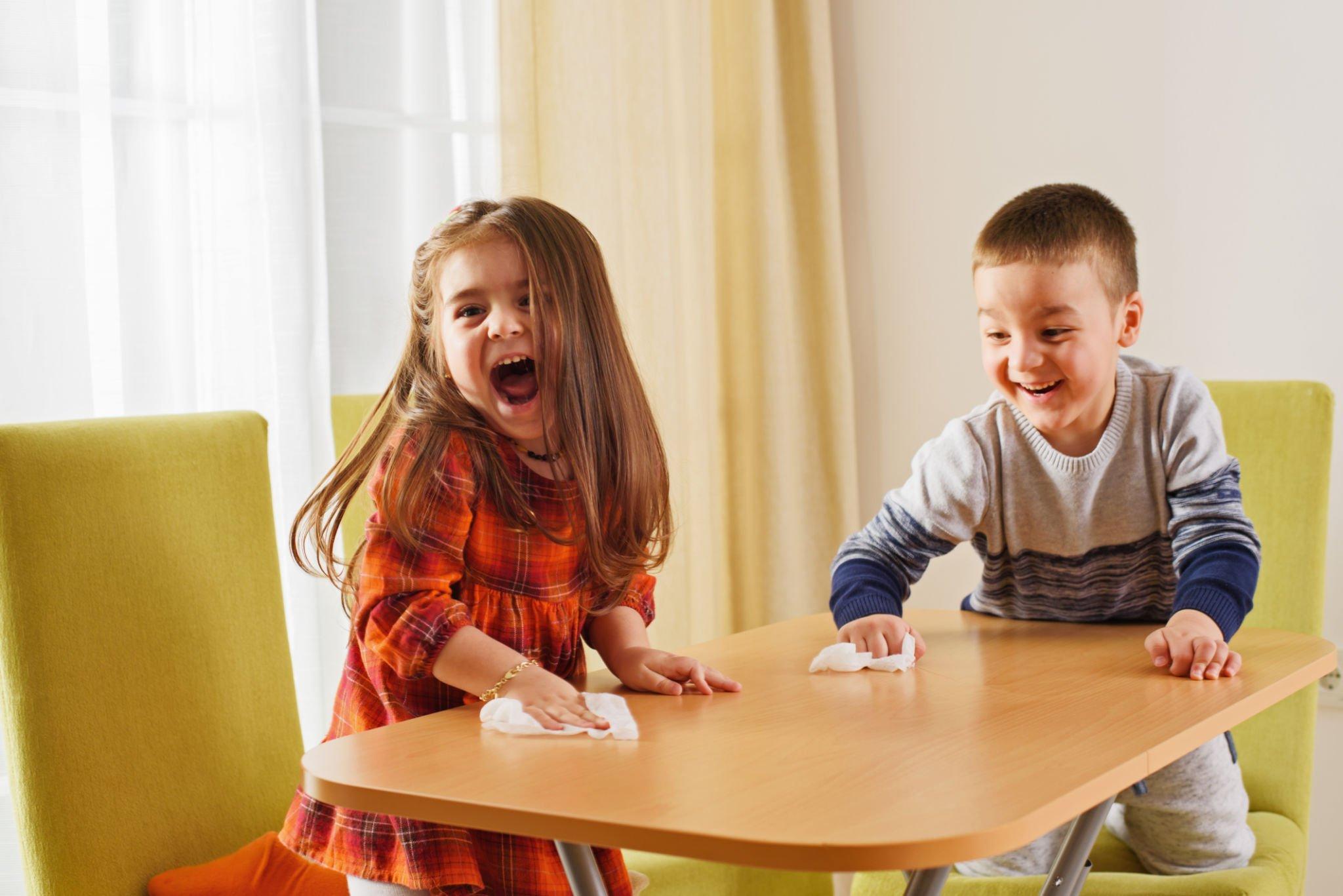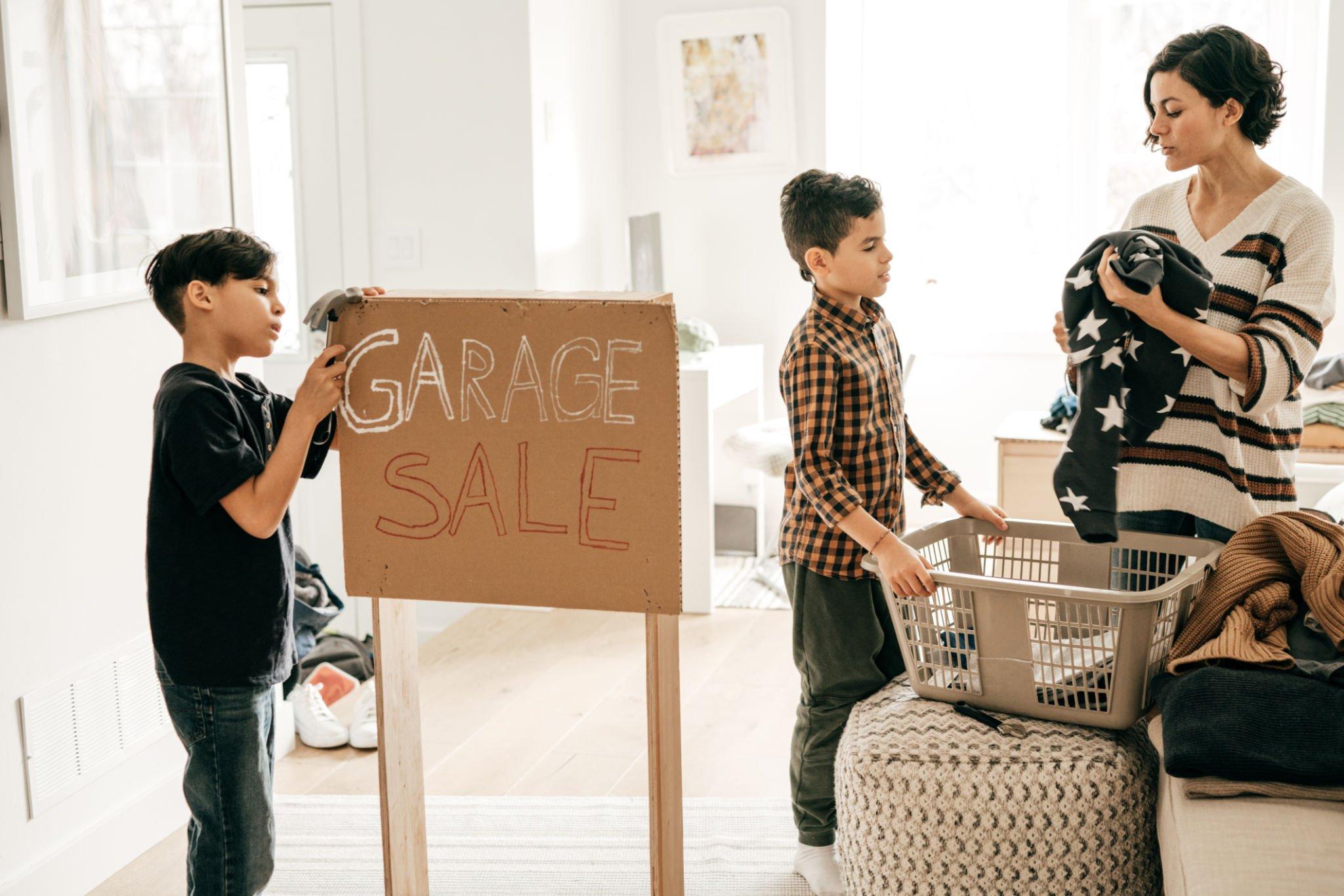The Ultimate Guide to Cleaning Your Kids’ Room
Ask any parent, and they’ll tell you that keeping a child’s room tidy can sometimes feel like an impossible mission.
Toys scattered everywhere, clothes on the floor, and mystery items hidden in the corners – sound familiar? Don’t worry, you’re not alone.

In this comprehensive guide, a reputable Loveland company will explore the art of cleaning your kids’ room, from organization tips and cleaning strategies to involving your children in the process.
By the time you’re done reading, you’ll have the tools and knowledge to transform their chaotic space into a clean and organized haven.
1. Set Clear Expectations
Before diving into cleaning, it’s essential to establish clear expectations with your child. Discuss the importance of a tidy room, and mutually agree on the level of tidiness you both find acceptable.
This ensures that your child understands the goals and is more likely to cooperate during the cleaning process.
When setting expectations, it can be helpful to break down tasks into manageable chunks. For example, you might explain that making the bed daily is non-negotiable, but cleaning up toys can be done before bedtime.
Be patient and empathetic, and remember that kids may not have the same standards as adults.
2. Declutter Together
Start by decluttering. Encourage your child to go through their toys, clothes, and belongings with you. Ask them to decide which items they no longer use or need.
This process teaches valuable lessons about the organization and the benefits of letting go of unnecessary items.
Create three piles: keep, donate, and toss. Explain the importance of giving to those in need and recycling or disposing of items that are no longer usable. This not only helps declutter the room but also instills a sense of responsibility and empathy in your child.
3. Invest in Storage Solutions

An organized room begins with proper storage. Invest in shelves, toy bins, and storage containers that are easy for your child to use. Label bins and drawers to help them identify where everything belongs, making clean-up a breeze.
Consider getting creative with storage solutions. You can find colorful bins and shelves that make organizing more appealing to children.
Encourage your child to participate in choosing storage options that reflect their personality and style, making it more likely they will use them.
4. Create Zones
Divide the room into zones or areas for different activities. For example, designate a reading nook, a play area, and a study space.
This helps your child understand where each type of activity should happen and where items associated with that activity should be stored.
Use rugs, furniture, or even wall decals to visually separate these zones. This way, your child can easily identify where each activity should occur. It also fosters a sense of order and structure in their room.
5. Daily Maintenance Routine
Implementing a daily maintenance routine can be a game-changer. Set aside a few minutes each day to tidy up. This could be in the morning before school or before bedtime. Consistency is key to maintaining a clean room.
Make this routine a habit for both you and your child. You can create a checklist with simple tasks like making the bed, picking up toys, and putting dirty clothes in the laundry hamper.
Read also: Green Cleaning for Allergen Reduction: A Guide to Cleaner Indoor Air
6. Teach Cleaning Skills
Involve your child in the process from an early age. Teach them age-appropriate skills like making the bed, dusting surfaces, and putting away toys. As they grow, you can introduce more complex tasks.
Take the time to demonstrate how to clean effectively. Show them the proper way to fold clothes or organize items on shelves. Be patient and encourage them to ask questions if they’re unsure about a task.
7. Make it Fun
Cleaning doesn’t have to be a chore. Turn it into a game or play some music to make the process enjoyable. You could even create a reward system to motivate your child.
For example, they earn points for cleaning their room, which can be redeemed for special privileges or treats.
Incorporate your child’s interests into the cleaning routine. If they love music, let them choose songs for a cleaning playlist.
If they’re into superheroes, pretend to be a cleaning superhero duo. Making cleaning fun fosters a positive attitude towards tidying up.

8. Respect Their Space
While it’s important to teach your child to keep their room clean, it’s also crucial to respect their space. Avoid going into their room and cleaning without their permission.
This fosters a sense of ownership and responsibility for their environment.
Respecting their space also means acknowledging their preferences in terms of room decor. Let them have a say in how their room is organized and decorated. This sense of ownership can motivate them to keep their space tidy.



Average Rating